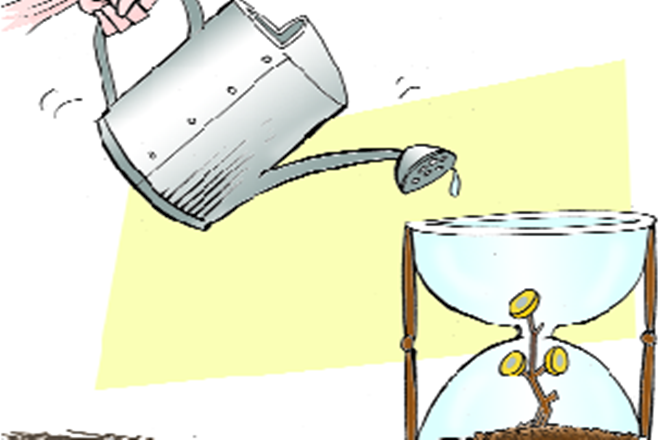The bond market in India is essentially wholesale, where you need a certain minimum amount to participate. There may be exceptions like tax-free PSU bonds listed at the capital market segment of stock exchanges, i.e., NSE and BSE, where it is possible to trade in retail lots. Net-net, for retail investors, participation in the bond market is limited.
Primary issuances
Primary issuances of bonds happen mostly through private placements, which again is out of bounds for retail investors, due to reasons mentioned above. The avenue for your participation is either through mutual funds, or public issue of bonds.
In public issue of bonds, since by definition it is meant for the public and not only for large wholesale investors, the minimum investment amount is kept at a suitably low level. As long as the bonds are listed at the exchange, it is possible to sell in a secondary market transaction, should you need to sell before maturity. However, remember, the problem of limited liquidity in secondary market for bonds, particularly ones rated less than AAA, will be there. For a listed bond, you would find buyers, but you may have to take a price sacrifice to do so.
Advantages of primary issues for retail
There is a threshold limit for HNIs in some primary public issuances, which typically is Rs 10 lakh. The significance is that the retail component, i.e., amount less than the HNI threshold may carry a higher coupon rate. Even if the coupon rate is uniform without any bifurcation between HNI and retail, the application amount is suitable for retail investors. Even if the coupon rate is same in both the categories, you stand a higher chance of allotment in the retail category, if the issue is going into oversubscription. Large institutional investors are likely to get proportional allotment in case of oversubscription.
Standard return: In a primary issue, the coupon rate is defined. In a secondary market deal, your return (the YTM) is a function of demand-supply, i.e., if there are fewer sellers at that point of time, you may have to settle for a lower yield. This is the effect of the lack of liquidity in the secondary market.
Notice period for planning: Arguably, secondary deals being available at any point of time, you can match it with your cash flow. However, in primary issues also, you get an intimation period where you get the information on the quality of the issue (credit rating), the returns (coupon rate / YTM) and the opening date. Hence you can plan accordingly.
Multiple tenures: In most public issues, the issuer offers bonds of various tenures like 3 years, 5 years, 7 years, etc. You can pick the tenure that suits you or spread across various maturities as per your cash flow requirements.
Conclusion
The best scenario, for your participation in public issue of bonds, is if you can match the tenure of the bond (3 years / 5 years) with your cash flow requirements. If you can hold till maturity, you will be bypassing the problem of lack of liquidity in the secondary market by buying it from the issuer (primary) and selling it to the issuer (redemption on maturity).
The quality of the issue is an important criterion. You may not have the wherewithal to judge the fundamental quality independently, hence you have to go by the credit rating. AAA is obviously the best rating and AA is high investment grade. For issues with less than AA rating, you have to be careful. If you are not comfortable with the goodwill of the issuer group, you should avoid it.


